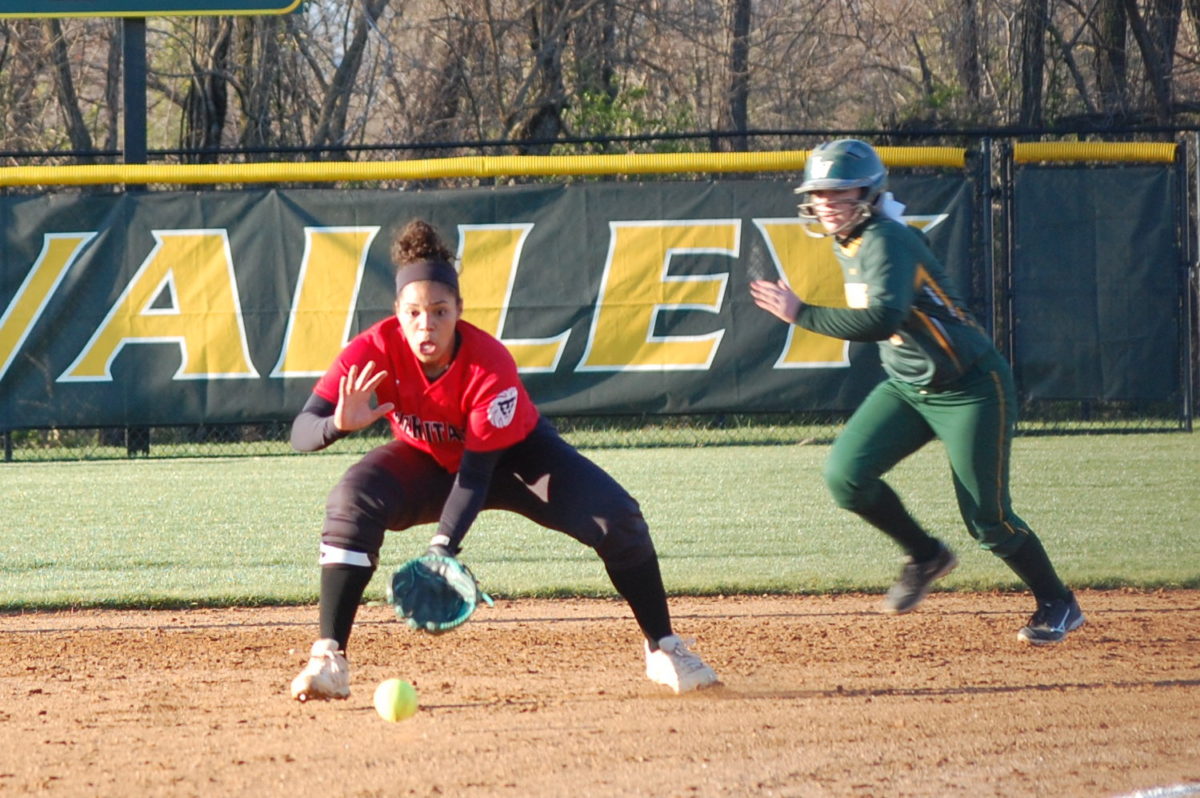
It is left to the scorekeeper’s judgment on the difference between a fly ball and a line drive. If the ball was caught by the shortstop, then the out would be scored “L6”. If the ball was caught by the third baseman, then the out would be scored “F5”.Ī line drive was hit and caught by a fielder. If the batter struck out but did not swing on strike three, it is customary to write a backwards “K”.Ī fly ball was hit and caught by a fielder.

Focus! You are the scorekeeper! How did she get out? Abbreviation How about when a batter is out? The good news is that the entire tiny block can be used to write! The bad news is, well, the batter is out and there could be tears involved. The catcher did not field the batter’s third strike, and the runner made it to first base before being thrown out (does not apply to slow-pitch softball). Scored when the batter gets on base because another runner was called out for interference. Don't worry - she'll rub some dirt in it and it'll be fine!

Scored when the batter gets on base because she was hit by the pitch. Scored when the batter gets on base, but an out was made elsewhere during the play. If the third baseman bobbles the ball, it would be scored “E5” since her POS is 5. Write small! I recommend a mechanical pencil. Usually, these are written under the line drawn in the teeny-tiny diamond from home to first. Here are the abbreviations for other ways a runner can get on base. We were only going over abbreviations, remember?

SOFTBALL SHORTSTOP HOW TO
How to judge whether a ball that is hit is either a base hit or some other animal will be discussed another day. The batter hits the ball safely and scores on the same play. The batter hits the ball safely and gets to third base. The batter hits the ball safely and gets to second base. The batter hits the ball safely and gets to first base. A walk is given when four balls have been pitched to the batter. Usually on the left side of each player’s scoring block, there is a list of the standard ways a batter can safely reach base. For example, in Southern California ASA fastpitch games, the 8-and-under divisions play with an Extra Player. Note that the Extra Player is usually only used in slow-pitch softball, or with younger age divisions. These position numbers are used as shorthand to record defensive plays on the field. “POS” is their fielding position, which is assigned a number as follows: Record their jersey number beside their name in the “No.” column. On the left-hand side of a scorebook page is a set of rows to write the player’s names.

All scorekeeping discussed below follows American Softball Association (ASA) scoring unless otherwise noted. In most cases, baseball and softball scorekeeping is the same but there are subtle differences that will be touched on in future articles (you thought you would get every scorekeeping detail in one article? Sorry!). Because of the small space and the potentially large amount of information that needs to be written down, baseball and softball have developed a scorekeeping shorthand. A score book page has a place for each person in the batting order, and then a tiny box (usually with a tinier picture of the diamond and field) within which all the action of a plate appearance and the player’s base running is recorded.


 0 kommentar(er)
0 kommentar(er)
